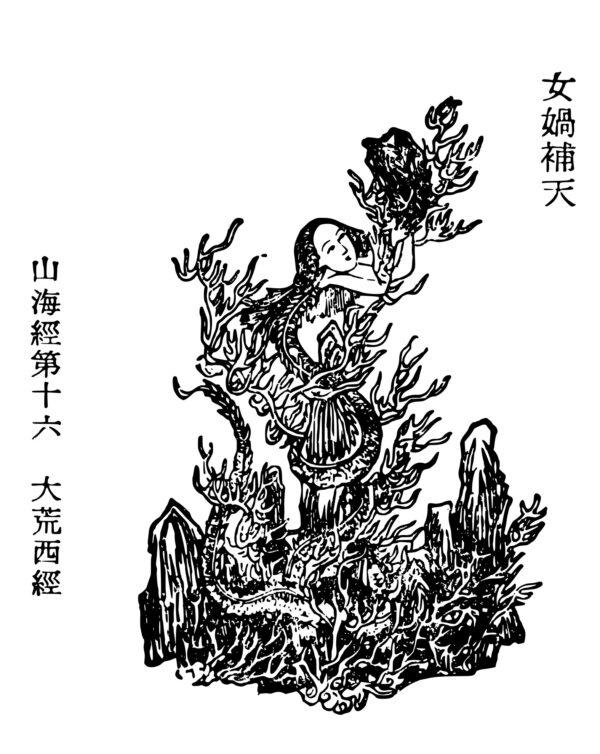Jade is a beautiful stone that suggests water-like fluidity and kindness. Beyond its delicate yet firm texture, it embodies thousands of years of Chinese culture. One can get a sense of Chinese people’s long-lasting admiration for the luster and brilliance of jade through children’s names, poetry, literature, and paintings.
A Tale of Jade From the Neolithic
In Chinese legend, Gong Gong, the lord of water, was defeated in an epic battle with Zhu Rong, the lord of fire. Feeling disgraced and furious, Gong Gong destroyed one of the pillars maintaining balance and stability in the universe. The earth collapsed, with chaos and disasters sending humans into endless misery. Nuwa, the mother of all humans, was saddened by this tragedy. She fused together five-colored stones to patch up the hole in the sky and rescue mankind. The remainder of the stones were scattered abroad into all kinds of jade. This is the origin of jade’s sacred and noble status in Chinese culture.
In an ancient Chinese legend, the goddess Nuwa mended the sky with five-colored stones. This story, passed down for generations, is the origin of jade’s sacred and noble status in Chinese culture. Qing Dynasty, "The Goddess Nuwa Mends the Heavens," by Xiao Yuncong (1596–1673). Public Domain


